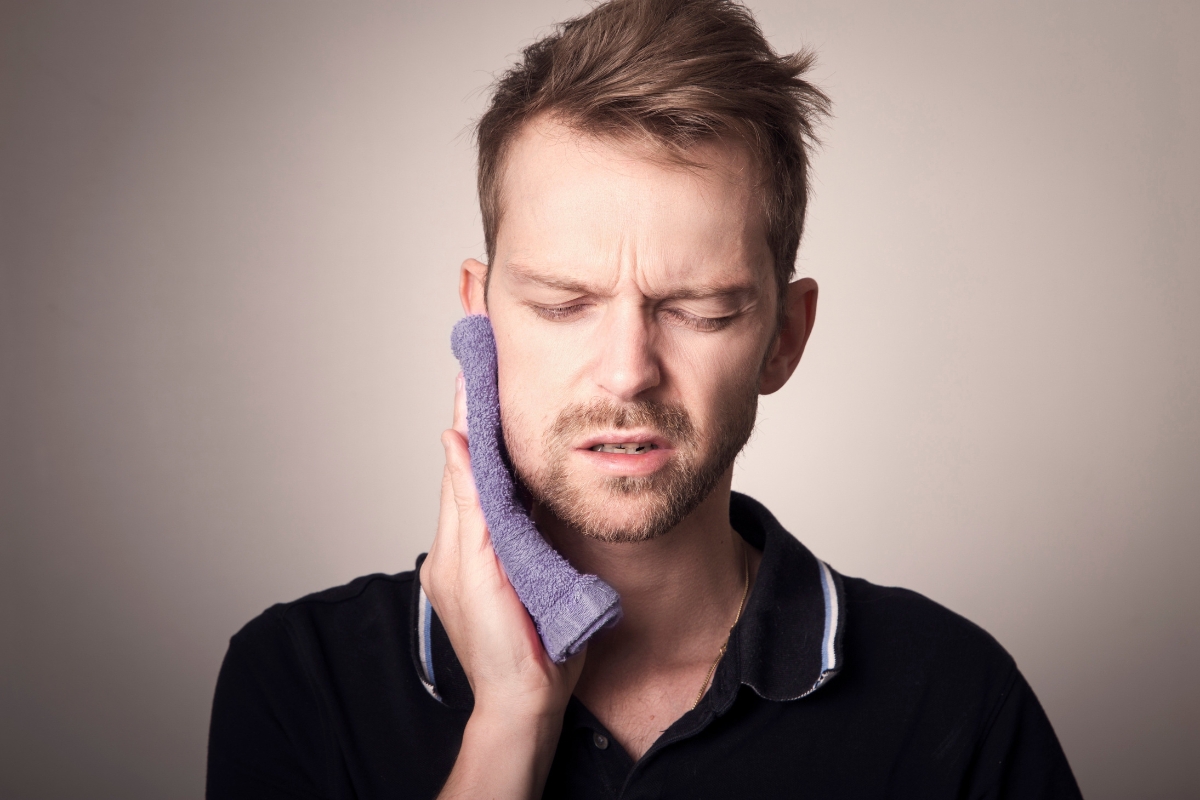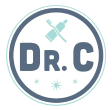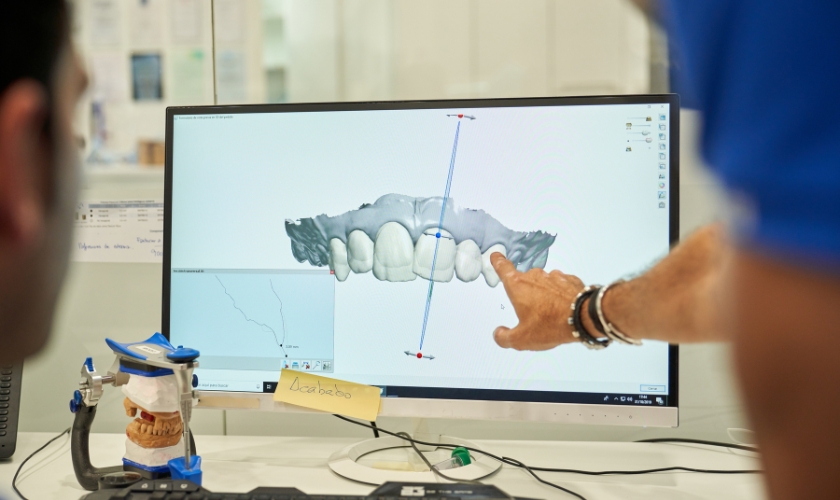The Best Tips for TMJ Pain Relief: A Guide for Spokane Valley Residents

Jaw pain can ruin your day. If chewing, talking, or yawning causes pain, you’re not alone, and you have treatment options to fix this condition. Temporomandibular disorders (TMD) afflict nearly 10 to 12 million U.S. adults and tend to be treatable with straightforward, conservative measures. Our soothing, down-to-earth approach takes you by the hand through what works, what to steer clear of, and when to seek care, so you can safeguard your health and return to your normal routine.
First, a quick lens on TMD
TMD is a comprehensive name for over 30 disorders that interfere with your temporomandibular joint, muscles of mastication, and supporting tissues. It may take the form of jaw pain, headaches, earache, clicking, or limited mouth opening. Most respond to non-surgical treatments; an approach of “less is often better” is strongly advocated before any surgery is advised.
Quick ways to soothe a flare
When pain flares, begin with gentle, evidence-based pain management.
- Apply heat to your jaw for 10 to 15 minutes and give a gap of 5 to 10 minutes. Continue this for 30 minutes. If warmth worsens your pain, you can apply a cold compress as well.
- Soft food for a couple of days; avoid gummy, hard bread, and chewy sweets.
- Take over-the-counter anti-inflammatories if your dentist prescribes them to you.
- Don’t make big jaw movements; keep yawns to small ones and large bites to a minimum.
These practices are common first-line recommendations proven to lessen muscle tension and joint strain in TMD. And if all these fail to resolve your condition, don’t delay TMJ treatment in Spokane Valley.
TMJ pain relief tips you can apply today
Posture does count: place your screen at eye level, keep your teeth slightly apart, and have your tongue rest on the roof of your mouth. Clenching and grinding at night (sleep bruxism) also exacerbate pain; a custom occlusal guard may benefit some people, although evidence shows mixed results, and benefits vary. Jaw exercises and physical therapy can enhance the range of motion and decrease myofascial trigger points.
Daily habits that protect your jaw health
Build small habits that add up:
- Eat smart: have foods with soft textures during flare-ups, then reintroduce firm foods gradually.
- Move gently: controlled mouth opening exercises prescribed by your dentist or physical therapy team.
- Manage stress: breathing exercises can ease muscle tension.
- Sleep smart: Side-sleepers often feel better with neck support that keeps the jaw neutral.
These conservative steps are preferred because most TMD symptoms resolve without invasive surgery.
When home care fails
Persistent pain, jaw locking, or limited mouth opening deserve a closer look. An evaluation can rule out other causes and outline noninvasive options first, such as short-term medication, splint therapy, or referral for physical therapy. If you’re seeking local help, we offer TMJ treatment in Spokane Valley with a conservative, step-wise plan tailored to your symptoms and habits. Surgery is reserved for select cases after conservative care.
You don’t have to schedule life around jaw discomfort. Contact Dr. C Family Dentistry in Spokane Valley for a thorough evaluation, straightforward advice, and care that accommodates your schedule. Call today to schedule a TMJ appointment and find relief from pain.




